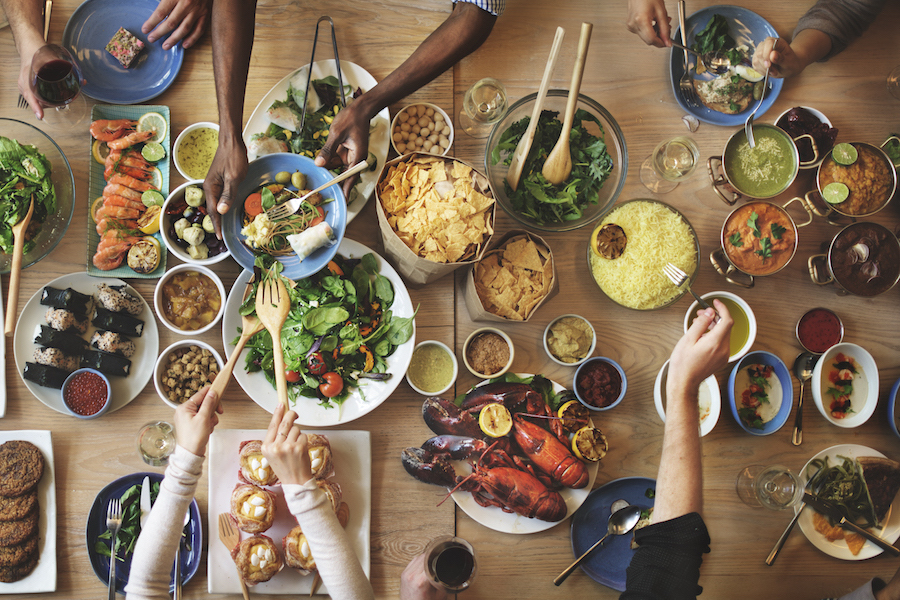Using Food to Bridge Cultural Divides
We’ve written on CultureReady about food in different cultures—check out our posts on Nordic food culture and tea culture around the world—and its role in cross-cultural communication and developing rapport. Cities around the United States also use food, through events such as food festivals, as a way to connect the diverse threads of their communities, and to introduce people to cultures they may not know much about.
In September, Bloomington, Indiana, home of Indiana University, hosted Tastes of Brazil. Organized by the Department of Spanish and Portuguese Studies, the event was a part of their regular conversation hour, in which students come together to practice speaking Portuguese. The Indiana Daily Student reported on the many different dishes offered at the event, such as feijoada, a black bean stew, brigadeiro, a popular dessert, and Guarana, a Brazilian soft drink. Events like this on college campuses often serve multiple purposes: introducing students to new foods and different countries, which in turn may encourage them to pursue language study and study abroad programs.
The Turkish-American community in Little Rock, Arkansas, hosted a Turkish Food Festival in September. The local branch of the Raindrop Turkish House put together the event, about which a volunteer said, “The purpose is to reach out to the local community. There are Turkish Americans living in Arkansas. We're trying to help those Turkish Americans better integrate into local society.” The festival included art demonstrations and craft sales, Kazakh and Turkish music and dance, and an array of food like kofte, Turkish meatballs, and yaprak samasi, stuffed vine leaves.
Meanwhile, in Keene, New Hampshire, the local historical society hosted a Popup Potluck in which members of the community were encouraged to bring “seemingly commonplace items that reveal something about their family’s, and thus the region’s, history”—in this case, those commonplace items were dishes, often ones passed down over generations. One woman brought her grandmother’s German and Yugoslavian potato salad; other dishes included “baked beans with maple syrup, a shrimp dish from eastern India, polenta with tomato sauce and sausage, a Middle Eastern salad known as fattoush, “depression potatoes” from the Midwest, a sort of Finnish pancake known as pannu kakku, stuffed jalapenos, a macaroni-based “American chop suey” and a Japanese dish with shaved beef, yam noodles and tofu.” The Popup Potluck not only encourages members of the community to come together and share their own dishes, but to try dishes that the others bring, and in turn find common ground through food. This could mean simply trying and even enjoying the dish, but it could also mean finding similarities between cultures’ cuisines, or sharing stories about their families.
Food offers so much more to a person than mere nutrition and sustenance. It brings people together, and is the easiest way to open up one’s mind to experiencing a new culture. Who hasn’t tried a new dish at a restaurant only to realize it reminds them of another dish in a cuisine they’re familiar with? Who hasn’t wanted to follow in Aziz Ansari’s footsteps, from his show Master of None, and go to Italy to learn how to make pasta? Communities that offer events like the ones highlighted here show that there is a desire to learn more and connect across those cultural divides.
Does your community host potlucks or food festivals that celebrate different cultures and heritages?
Resources
